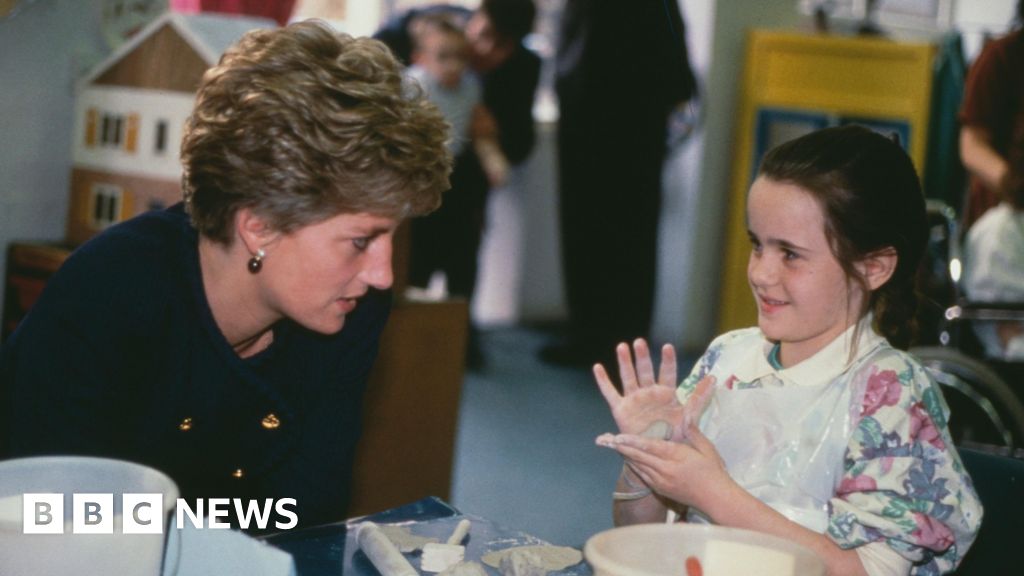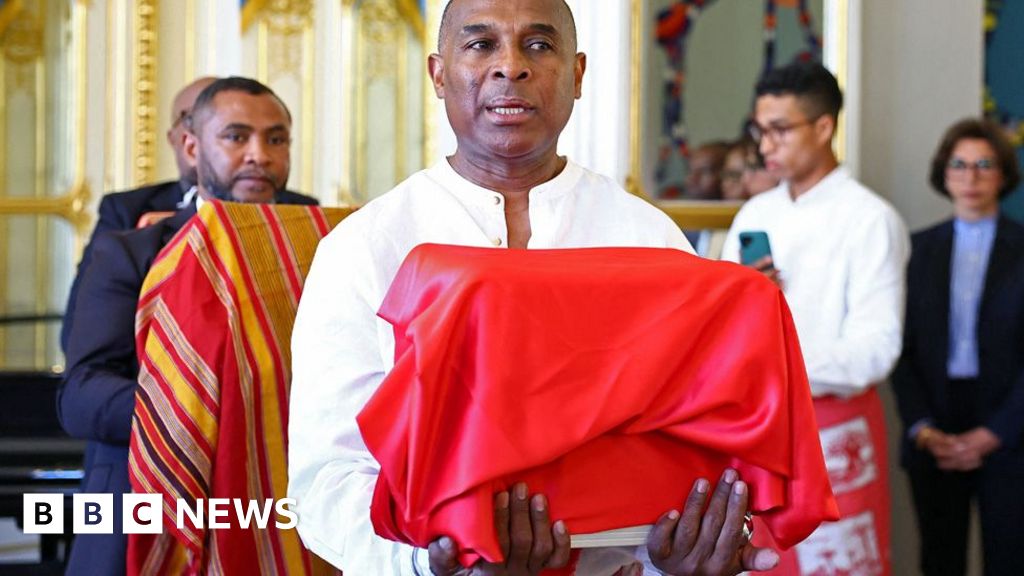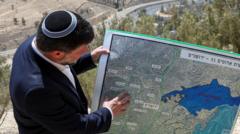JERUSALEM (AP) — An ancient pipe organ, believed to be the oldest in the Christian world, erupted in sound for the first time in 800 years on Tuesday at Saint Saviour’s Monastery in Jerusalem’s Old City. Musician David Catalunya played a liturgical chant, filling the air with the vibrant tones of the 11th-century instrument, which features original pipes. This resurgence of sound, as Catalunya noted at a press conference, represents a historic moment in music history.
'Before unveiling the instrument, Catalunya shared that attendees were witnessing a remarkable development, stating, 'This organ was buried with the hope that one day it would play again. And the day has arrived, nearly eight centuries later.' The organ will now be housed at the Terra Sancta museum, located just a few kilometers from Bethlehem's birthplace of Jesus—where the organ was initially brought by Crusaders during the 11th century.
After a century of use, the Crusaders buried the instrument as a means of protection from invading Muslim forces. It remained hidden until its discovery in 1906, when workers unearthed it while constructing a new Franciscan hospice in Bethlehem. Excavations subsequently revealed 222 bronze pipes and other artifacts.
Koos van de Linde, an organ expert involved in the restoration, expressed the emotional impact of hearing the instruments come alive after centuries, reflecting on the hope the Crusaders had when they buried it. Initially, a team led by Catalunya aimed to replicate the organ but found that several pipes still functioned.
Winold van der Putten, an organ builder, integrated the original pipes with newly created replicas, taking insights from ancient organ-making techniques. Alvaro Torrente from the Instituto Complutense De Ciencias Musicales in Madrid compared the experience of the organ's resurrection to finding a living dinosaur, highlighting its unexpected and monumental significance. As the restoration progresses, researchers plan to replicate the organ’s design for use in churches globally, ensuring that its music can touch future generations.
'Before unveiling the instrument, Catalunya shared that attendees were witnessing a remarkable development, stating, 'This organ was buried with the hope that one day it would play again. And the day has arrived, nearly eight centuries later.' The organ will now be housed at the Terra Sancta museum, located just a few kilometers from Bethlehem's birthplace of Jesus—where the organ was initially brought by Crusaders during the 11th century.
After a century of use, the Crusaders buried the instrument as a means of protection from invading Muslim forces. It remained hidden until its discovery in 1906, when workers unearthed it while constructing a new Franciscan hospice in Bethlehem. Excavations subsequently revealed 222 bronze pipes and other artifacts.
Koos van de Linde, an organ expert involved in the restoration, expressed the emotional impact of hearing the instruments come alive after centuries, reflecting on the hope the Crusaders had when they buried it. Initially, a team led by Catalunya aimed to replicate the organ but found that several pipes still functioned.
Winold van der Putten, an organ builder, integrated the original pipes with newly created replicas, taking insights from ancient organ-making techniques. Alvaro Torrente from the Instituto Complutense De Ciencias Musicales in Madrid compared the experience of the organ's resurrection to finding a living dinosaur, highlighting its unexpected and monumental significance. As the restoration progresses, researchers plan to replicate the organ’s design for use in churches globally, ensuring that its music can touch future generations.





















